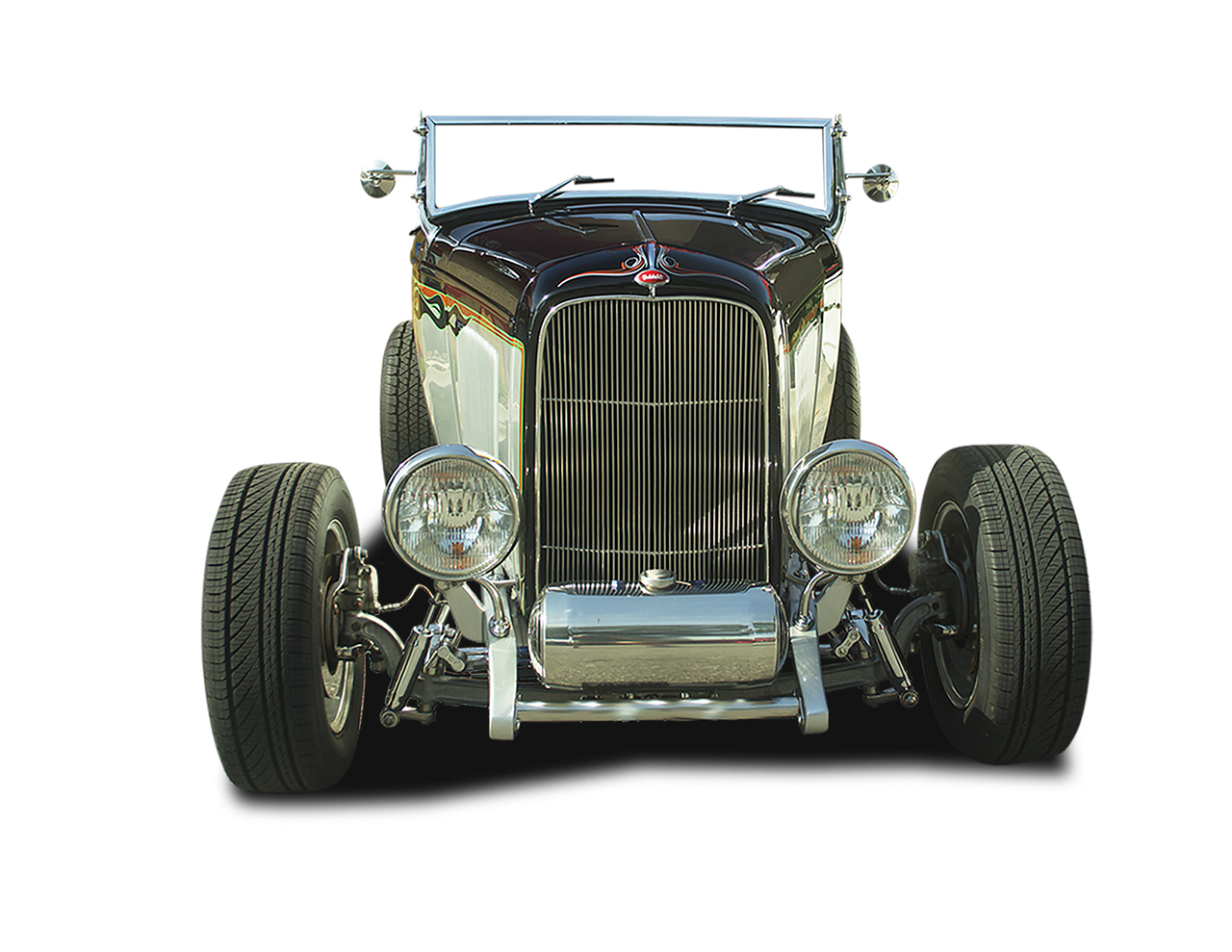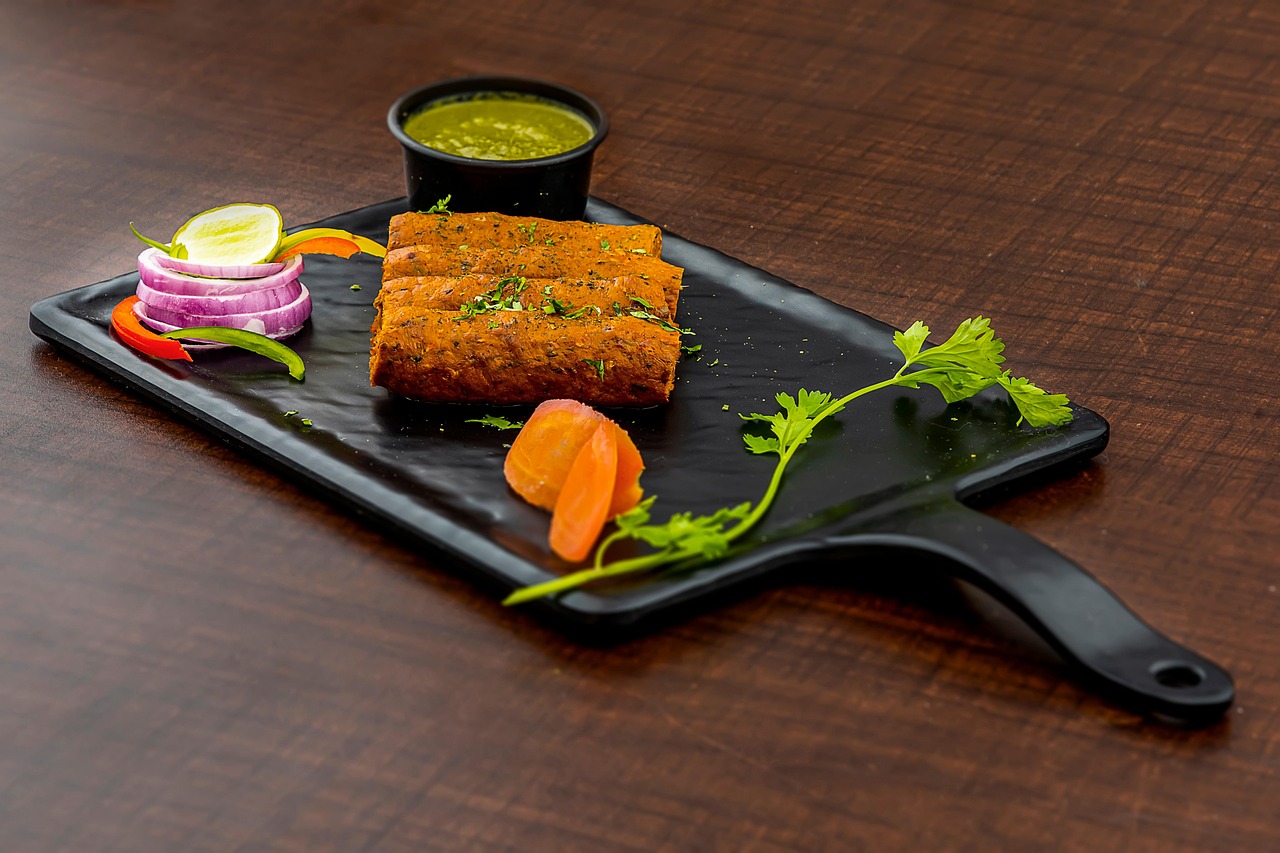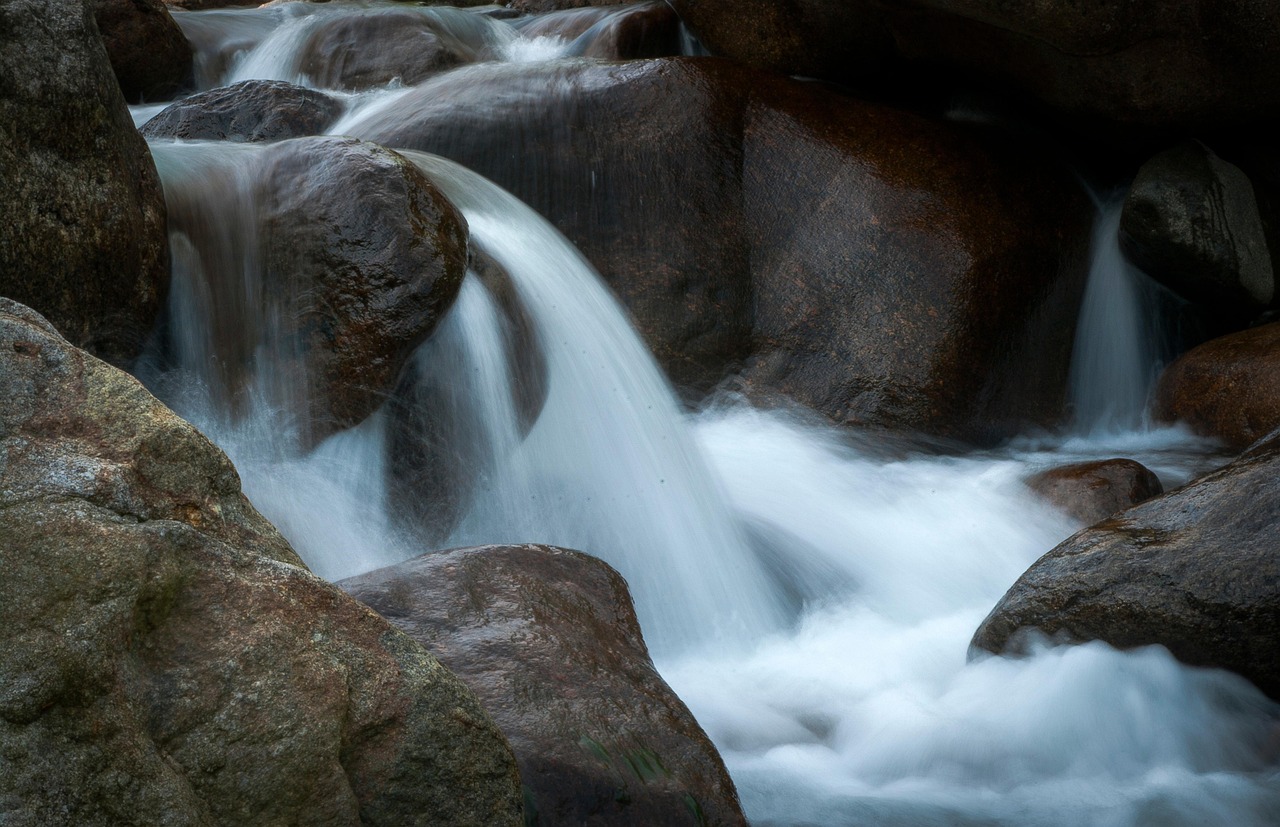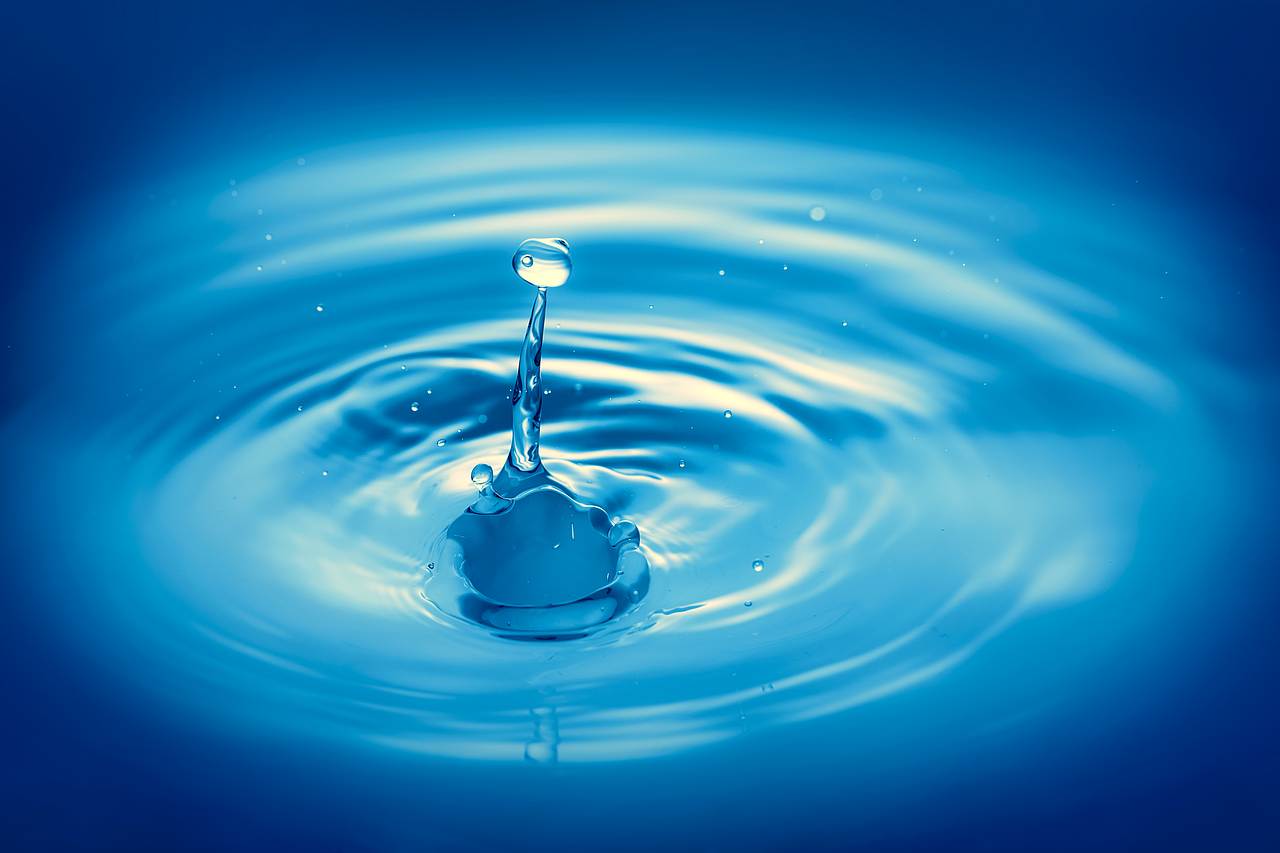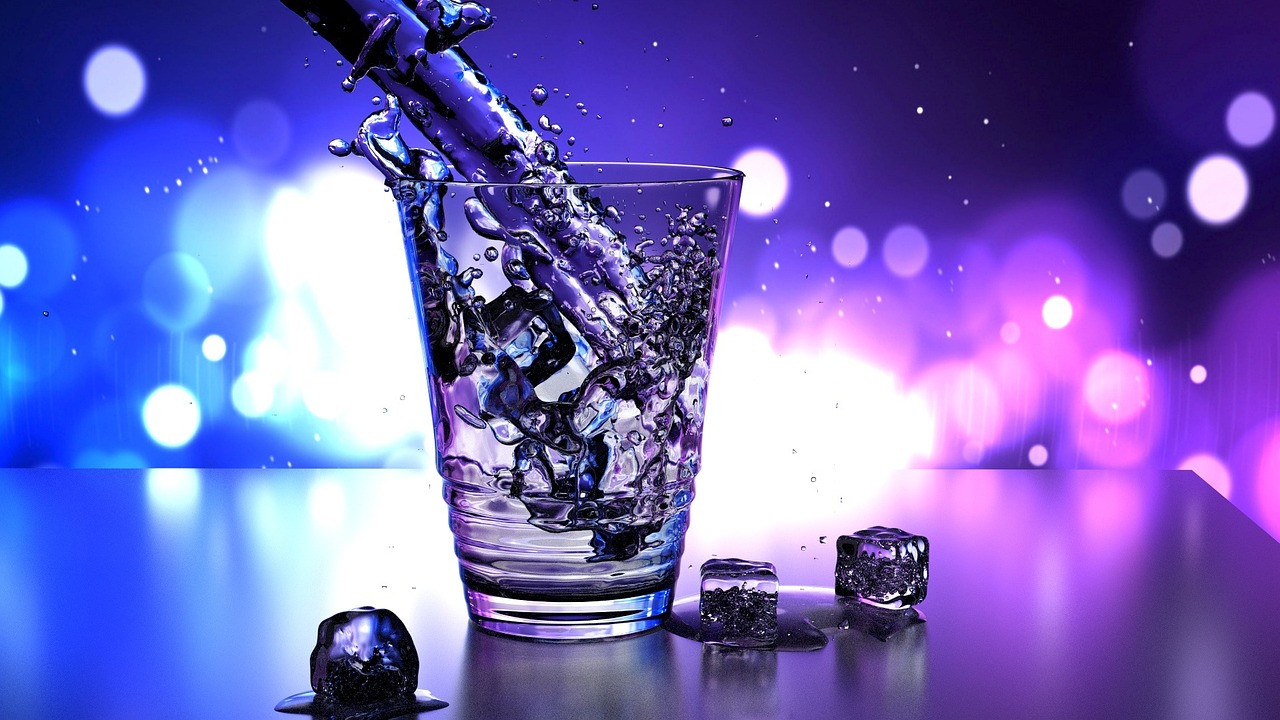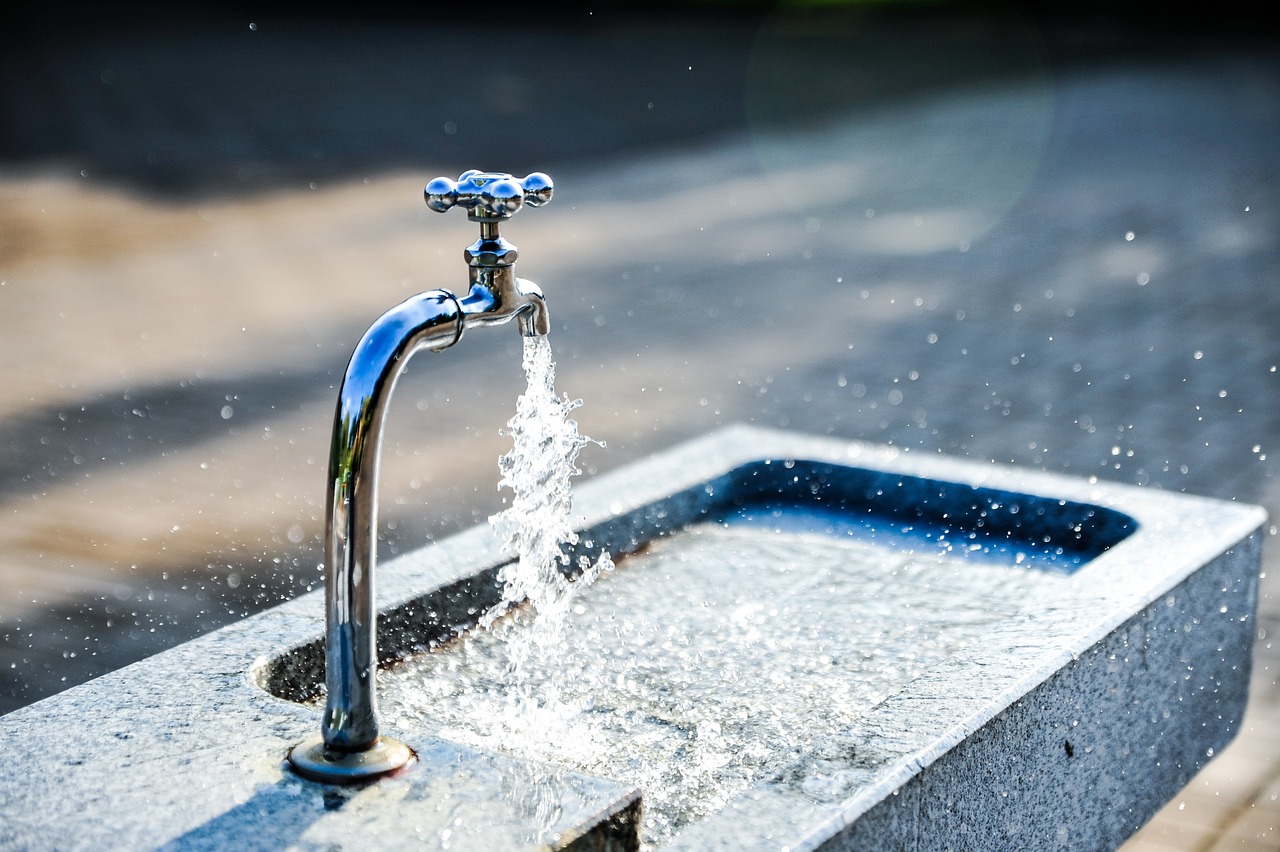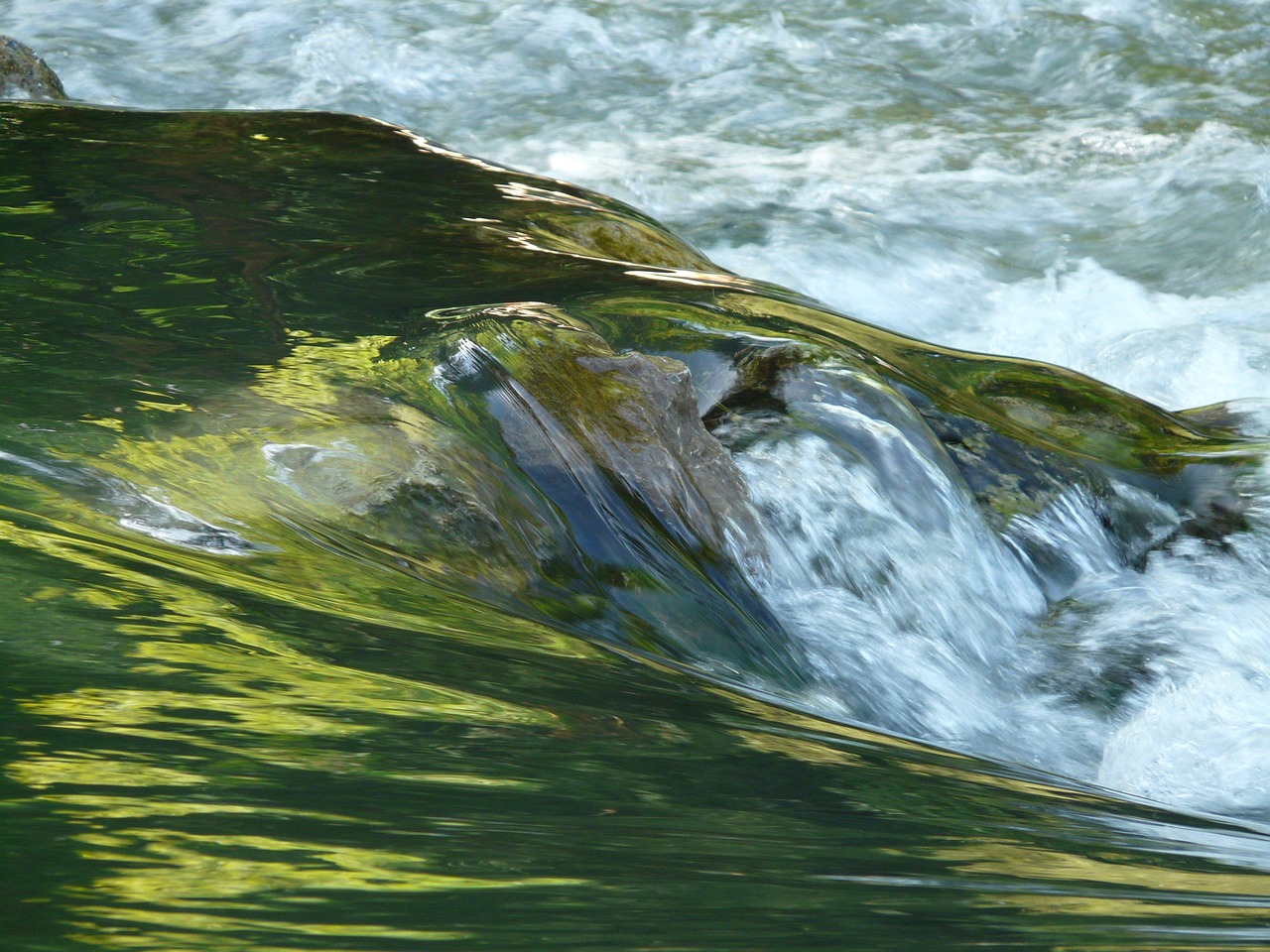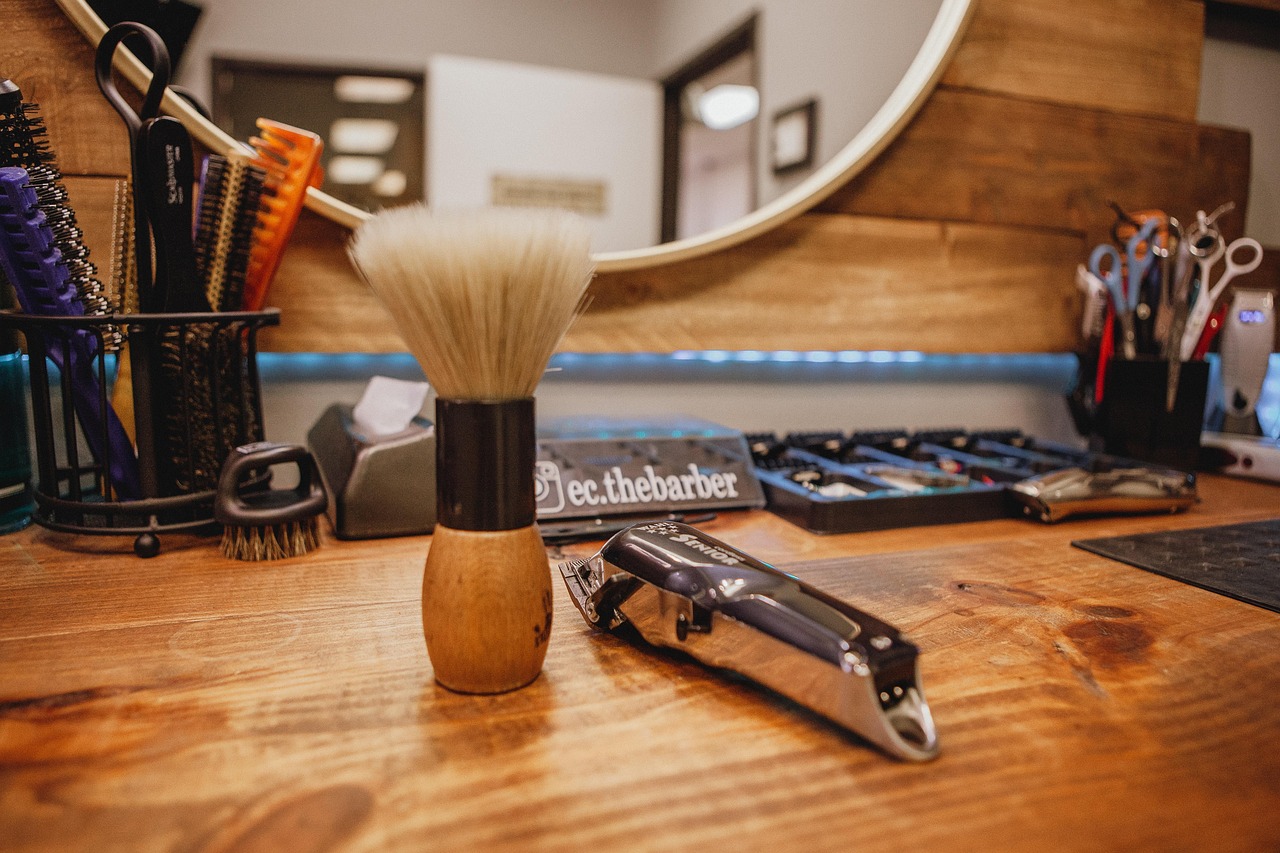This article provides practical tips and kitchen hacks to help you boil water more quickly, enhancing your cooking efficiency and saving time in the kitchen. Discover various methods and insights from culinary experts.
Understanding the Science of Boiling Water
Boiling water is not just about heat; it involves understanding the science of heat transfer and the behavior of water molecules. When water is heated, its molecules gain energy and move faster, eventually reaching a point where they can escape as steam. This section will give you a scientific perspective on how to enhance boiling efficiency.
Choosing the Right Pot for Faster Boiling
The type of pot you use can significantly impact boiling time. Here are some factors to consider:
- Material: The best materials for pots include stainless steel and aluminum, each with unique properties that affect heat conduction.
- Shape: Wider pots increase surface area, allowing for faster heat transfer.
Material Matters: Stainless Steel vs. Aluminum
Different materials have varying thermal conductivity. Stainless steel is durable and retains heat well, but it may take longer to heat up. In contrast, aluminum is lightweight and heats up quickly, making it an excellent choice for boiling water fast.
Pot Size and Shape: The Impact on Boiling Time
Using a pot that is wider can help speed up boiling time by increasing the surface area exposed to heat. This means more water can reach its boiling point more quickly.
Utilizing Lids for Faster Boiling
Covering your pot with a lid can trap heat and steam, leading to faster boiling. A lid effectively reduces heat loss, making the boiling process more efficient.
Types of Lids: Glass vs. Metal
Glass lids allow you to monitor the boiling process without lifting the lid, while metal lids are generally better at retaining heat. Each has its own benefits, and the choice depends on your cooking style.
Adding Salt: Does It Really Help?
Many cooks add salt to water before boiling, believing it speeds up the process. While salt does increase the boiling point of water, the effect is minimal. However, it can enhance flavor and is worth considering.
Using High Heat: The Importance of Temperature Settings
Setting your stovetop to high heat is crucial for boiling water efficiently. Ensure that your burner is powerful enough to bring water to a boil quickly.
Preheating Water: A Time-Saving Technique
Consider preheating water in an electric kettle or microwave before transferring it to your pot. This can save significant time and ensure that your water reaches boiling point faster.
Using a Pressure Cooker for Rapid Boiling
A pressure cooker can dramatically reduce boiling times. By increasing the pressure inside the pot, water boils at a higher temperature, allowing for faster cooking.
Experimenting with Electric Kettles
Electric kettles are specifically designed for quick boiling. They often come with features like automatic shut-off and temperature control, making them a convenient choice for boiling water compared to traditional stovetop methods.
By implementing these expert tips and techniques, you can significantly reduce boiling times in your kitchen, making meal preparation more efficient and enjoyable.
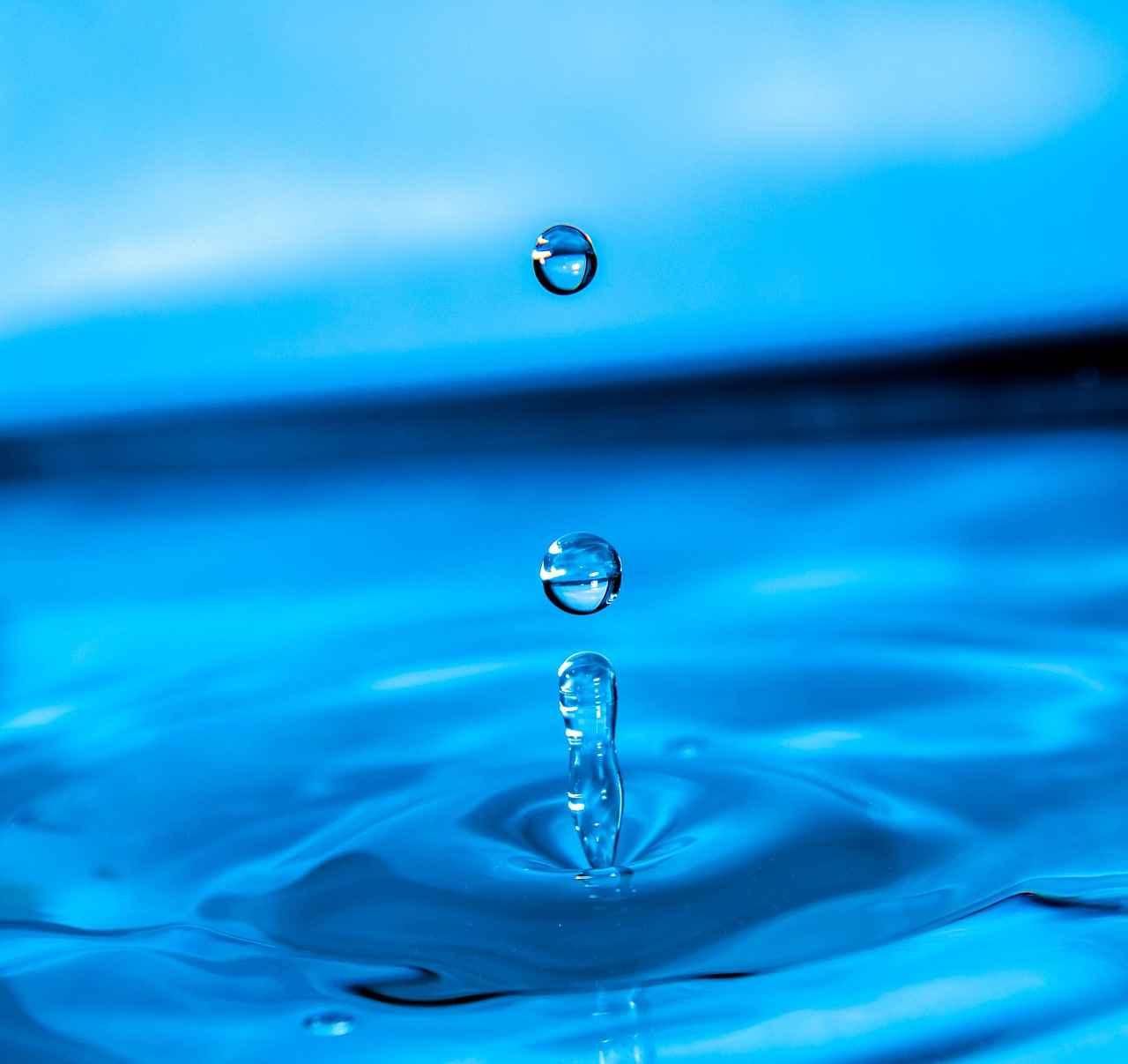
Understanding the Science of Boiling Water
Understanding the science behind boiling water is essential for anyone looking to improve their cooking efficiency. Boiling water is not just a simple task; it involves a fascinating interplay of heat transfer and the unique properties of water. This section delves into how heat affects water molecules and the boiling process, providing a scientific perspective that can enhance your boiling efficiency.
At the molecular level, water consists of H2O molecules that are constantly in motion. When you apply heat, the energy causes these molecules to vibrate more vigorously. As the temperature rises, more energy is absorbed, leading to an increase in molecular movement. When water reaches 100 degrees Celsius (212 degrees Fahrenheit) at sea level, the water molecules have enough energy to break free from the liquid state, transitioning into steam. This transition is what we refer to as boiling.
The efficiency of boiling water can be influenced by several factors, including the heat source, the type of pot, and even the altitude at which you are cooking. For instance, at higher altitudes, the atmospheric pressure is lower, which means water boils at a lower temperature. This can affect cooking times and methods. Understanding these variables allows cooks to make informed decisions to achieve optimal boiling conditions.
Heat transfer occurs primarily through conduction, convection, and radiation. In the context of boiling water, conduction is the most relevant. This process involves the transfer of heat from the stove to the pot and then to the water. Materials with high thermal conductivity, such as copper or aluminum, are excellent choices for pots as they allow heat to transfer quickly and evenly, reducing boiling times.
Another critical aspect is the surface area of the water. A wider pot increases the surface area exposed to heat, allowing water to boil faster. Conversely, a tall and narrow pot may take longer to reach boiling point, as less water is in contact with the heat source. Therefore, selecting the appropriate pot shape can significantly impact your boiling efficiency.
Additionally, using a lid while boiling water can trap heat and steam, further accelerating the boiling process. The trapped steam increases the pressure inside the pot, raising the boiling point of water slightly and leading to faster cooking times. Choosing the right lid material, whether glass or metal, can also influence heat retention and visibility during cooking.
In summary, understanding the science of boiling water involves recognizing the role of heat transfer, the properties of water, and the impact of external factors such as altitude and pot selection. By applying this knowledge, cooks can enhance their efficiency in the kitchen, making the task of boiling water not only quicker but also more effective.
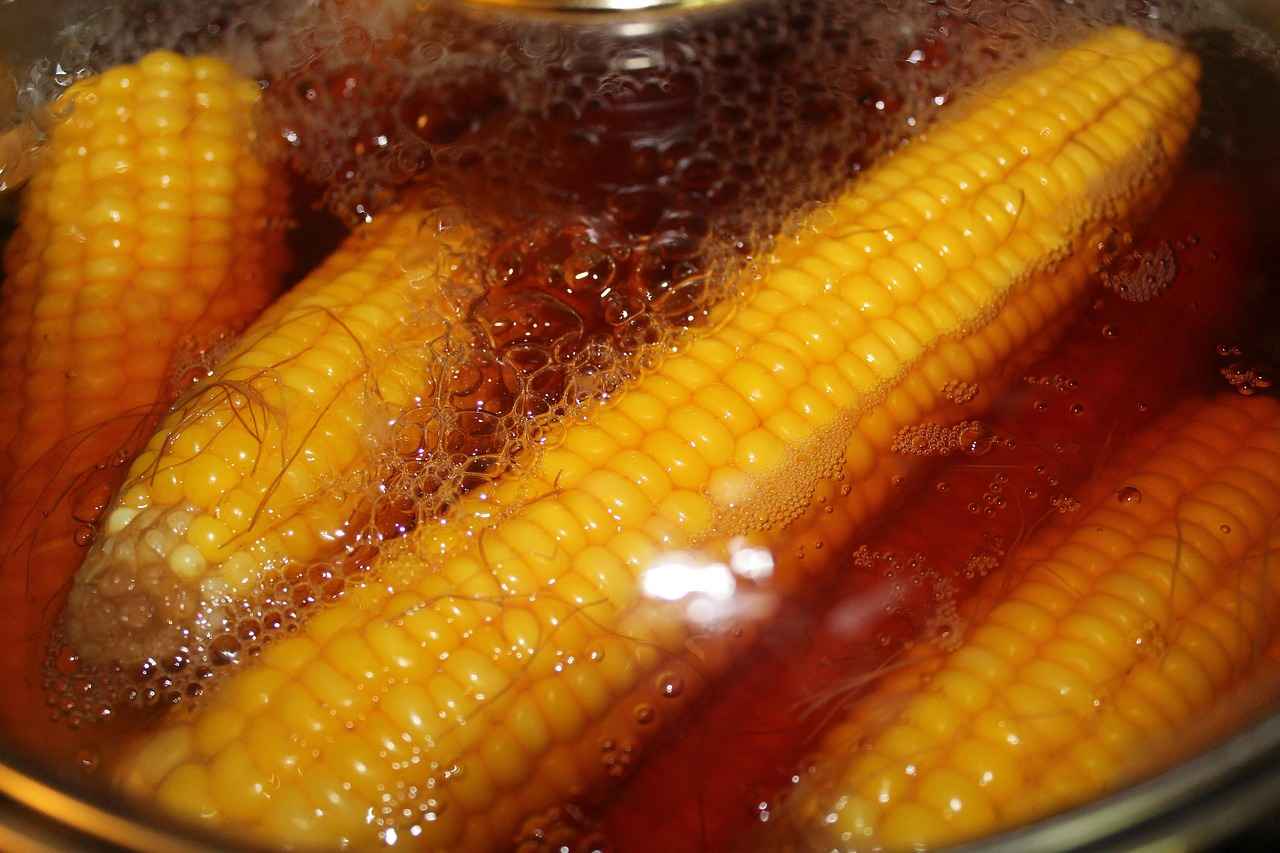
Choosing the Right Pot for Faster Boiling
When it comes to boiling water efficiently, the choice of pot plays a crucial role. The material and shape of your pot can greatly influence the time it takes for water to reach its boiling point. In this section, we delve into the optimal characteristics of pots that enhance heat conduction and expedite the boiling process.
The material of your pot significantly affects its ability to conduct heat. Two of the most common materials used in cookware are stainless steel and aluminum.
- Stainless Steel: Known for its durability and resistance to rust, stainless steel is a popular choice in many kitchens. However, it is not the best conductor of heat. To improve its efficiency, look for pots with a copper or aluminum core that enhances heat distribution.
- Aluminum: This lightweight material heats up quickly and distributes heat evenly, making it an excellent choice for boiling water. Aluminum pots are often more affordable and ideal for those who prioritize speed.
The shape and size of your pot also play a vital role in boiling efficiency. A wider pot can help increase the surface area of water exposed to heat, allowing it to boil faster. Conversely, a tall and narrow pot may trap heat and steam, slowing down the boiling process.
- Wider Pots: These pots enable more water to be heated at once, reducing the time it takes to reach a rolling boil.
- Deep Pots: While they can hold more water, they may take longer to heat up due to the greater volume of water needing to reach boiling temperature.
Another important factor to consider is the use of a lid. Covering your pot while boiling water can trap heat and steam, leading to a faster boiling time. The material of the lid can also impact efficiency:
- Glass Lids: These allow you to monitor the boiling process without lifting the lid, which helps retain heat.
- Metal Lids: Typically better at retaining heat, metal lids can speed up the boiling process even more.
In addition to selecting the right pot, consider these expert tips:
- Start with hot tap water instead of cold to reduce boiling time.
- Use a flat-bottomed pot for better contact with the heat source, improving heat transfer.
- Ensure your pot is clean and free of residue to enhance heat conduction.
By understanding the impact of pot material, shape, and the importance of using a lid, you can significantly reduce the time it takes to boil water. Investing in the right cookware not only enhances your cooking efficiency but also elevates your overall culinary experience.
Material Matters: Stainless Steel vs. Aluminum
When it comes to boiling water quickly, the choice of pot material plays a crucial role. In this section, we will delve into the characteristics of stainless steel and aluminum pots, highlighting their respective advantages and disadvantages to help you make an informed decision.
Stainless steel pots are well-known for their durability and resistance to corrosion. They are a popular choice among both home cooks and professional chefs. One of the key benefits of stainless steel is its ability to retain heat, which helps maintain a consistent temperature during cooking. However, this quality can also result in slower heating times compared to other materials.
- Pros:
- Durable and long-lasting
- Excellent heat retention
- Non-reactive with acidic foods
- Easy to clean and maintain
- Cons:
- Slower to heat up
- Can be heavier than aluminum
On the other hand, aluminum pots are favored for their lightweight nature and quick heating capabilities. Aluminum conducts heat more efficiently than stainless steel, making it an ideal choice for those who need to boil water rapidly. However, aluminum is more prone to warping and scratching, which can affect its longevity.
- Pros:
- Heats up quickly
- Lightweight and easy to handle
- Generally less expensive
- Cons:
- Less durable than stainless steel
- Can react with acidic foods
- May warp over time with high heat
Choosing between stainless steel and aluminum pots ultimately depends on your cooking style and preferences. If you prioritize durability and heat retention, stainless steel may be the better option. However, if you need something that heats up quickly and is easy to handle, aluminum might be the way to go.
Consider also the types of meals you frequently prepare. For example, if you often cook acidic dishes like tomato sauce, stainless steel is less likely to react negatively with the ingredients. Conversely, if you’re boiling water for pasta or making quick soups, an aluminum pot could save you valuable time.
In conclusion, understanding the thermal conductivity and properties of the materials used in your cooking pots can significantly impact your efficiency in the kitchen. By weighing the pros and cons of both stainless steel and aluminum, you can choose the pot that best suits your needs and enhances your cooking experience.
Stainless Steel: Durability and Heat Retention
Stainless steel pots are a staple in many kitchens, renowned for their durability and excellent heat retention. While they are favored for their long-lasting nature and resistance to rust and corrosion, it’s important to understand how they perform when it comes to boiling water compared to other materials.
One of the key characteristics of stainless steel is its thermal conductivity. Although it does retain heat well, it is not the best conductor of heat. This means that while stainless steel pots can maintain a high temperature once heated, they may take longer to reach that temperature initially. This is particularly relevant when boiling water, as the time it takes to bring water to a boil can be affected by the pot’s material.
In contrast, aluminum pots are known for their superior heat conductivity. They heat up quickly, making them a popular choice for tasks that require rapid boiling. When comparing stainless steel to aluminum, it becomes clear that while stainless steel offers longevity and stability in the kitchen, aluminum may be more efficient for quick boiling tasks.
Moreover, the shape and size of the pot also play significant roles in boiling efficiency. A wider pot provides a larger surface area, allowing heat to transfer more effectively to the water. Therefore, if you opt for a stainless steel pot, choosing a wider model can help mitigate the slower heating time.
Another factor to consider is the pot thickness. Thicker stainless steel pots often distribute heat more evenly, which can help improve boiling efficiency. However, they still may not match the quick heating capabilities of thinner aluminum pots. It’s essential to weigh the benefits of durability and heat retention against the need for speed when selecting your cookware.
Additionally, utilizing a lid while boiling water can enhance the efficiency of any pot, including stainless steel. By trapping heat and steam, a lid can significantly reduce the time it takes to bring water to a boil. This simple technique can make a noticeable difference, particularly when using stainless steel cookware.
In summary, while stainless steel pots are difficult to beat in terms of durability and heat retention, they may not be the fastest option for boiling water. Understanding the properties of different materials, as well as how factors like pot shape and size impact boiling times, can help you make informed decisions in the kitchen. Whether you prioritize speed or durability, knowing the strengths and weaknesses of each material will enhance your cooking experience.
Aluminum: Lightweight and Quick Heating
When it comes to boiling water efficiently, the choice of cookware plays a crucial role. Among the various materials available, aluminum pots stand out due to their unique properties. These pots are known for their lightweight design and remarkable ability to heat up quickly, making them a popular choice in kitchens around the world.
One of the primary advantages of aluminum cookware is its excellent thermal conductivity. This means that aluminum pots can transfer heat rapidly, allowing water to reach its boiling point much faster than many other materials. As a result, cooks often find that using aluminum pots can significantly reduce cooking time, which is especially beneficial when preparing meals that require boiling.
Moreover, the lightweight nature of aluminum pots makes them easy to handle, even when filled with water. For home cooks who frequently boil large quantities of water, this can be a considerable advantage, reducing strain and making the cooking process more enjoyable. The ease of maneuverability also allows for quick transitions from stovetop to serving, making meal preparation smoother.
| Benefits of Aluminum Pots | Potential Drawbacks |
|---|---|
| Fast heating and boiling times | Can react with acidic foods |
| Lightweight and easy to handle | Less durable than stainless steel |
| Affordable and widely available | May require more frequent replacement |
However, it’s essential to consider some potential drawbacks of aluminum cookware. While aluminum pots heat quickly, they can also react with certain acidic foods, which may not only alter the flavor but can also lead to the leaching of aluminum into the food. This is a significant concern for health-conscious individuals. To mitigate this issue, many manufacturers now offer anodized aluminum pots, which are treated to create a non-reactive surface.
Another point to consider is the durability of aluminum compared to other materials like stainless steel. While aluminum pots are generally less expensive and lightweight, they can be prone to warping and scratching over time. This means that while they might be perfect for quick boiling, they may not be the best long-term investment for all cooking needs.
In conclusion, aluminum pots offer a combination of quick heating and lightweight advantages that make them ideal for boiling water fast. However, it is essential to weigh these benefits against the potential drawbacks, such as reactivity with acidic foods and durability concerns. By understanding both the pros and cons, cooks can make informed decisions about whether aluminum cookware is the right choice for their kitchen.
Pot Size and Shape: The Impact on Boiling Time
When it comes to boiling water, many factors play a crucial role in determining how quickly you can reach that rolling boil. One of the most significant elements is the size and shape of your pot. In this section, we delve into how these characteristics can influence boiling time and efficiency.
The primary reason that pot size and shape matter is due to surface area. A wider pot provides a larger surface area for heat to be applied, which can lead to faster boiling times. When water is heated, the molecules at the surface absorb heat and begin to move more rapidly, eventually reaching the boiling point. Therefore, a pot that spreads out the water increases the amount of water in contact with the heat source, allowing for quicker heat transfer.
In contrast, a narrower pot, while potentially holding the same volume of water, limits the surface area exposed to the heat. This can result in slower heating times as the heat is concentrated in a smaller area. For those looking to expedite their cooking process, opting for a wider pot can be a game changer.
Additionally, the shape of the pot can also impact boiling efficiency. Pots with a flat bottom are generally more effective at transferring heat than those with a rounded base. A flat-bottomed pot ensures that the maximum area of the pot is in contact with the heat source, leading to more efficient heating. Round-bottom pots, while aesthetically pleasing, may not distribute heat as evenly, which can result in longer boiling times.
Furthermore, the material of the pot plays a significant role in heat conduction. For instance, copper and aluminum pots are known for their excellent thermal conductivity, allowing for rapid heat transfer. On the other hand, cast iron pots, while great for heat retention, can take longer to heat up initially. When selecting a pot, consider both the material and the shape to optimize your boiling experience.
In summary, if you’re aiming to boil water more quickly, consider the size and shape of your pot. A wider, flat-bottomed pot made from a material with good thermal conductivity will significantly enhance your boiling efficiency. By understanding these factors, you can make informed choices in the kitchen that save you time and improve your cooking outcomes.
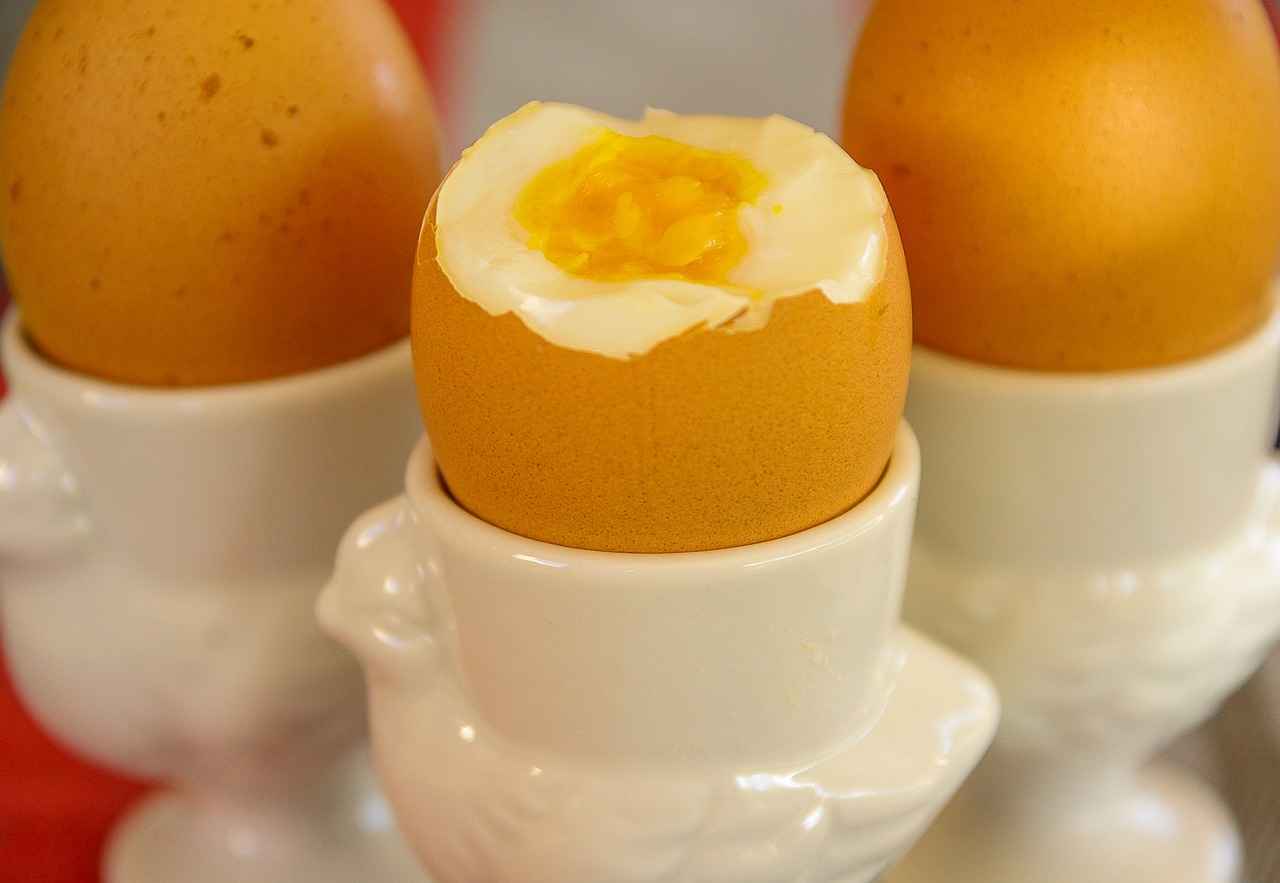
Utilizing Lids for Faster Boiling
When it comes to boiling water efficiently, one of the simplest yet most effective methods is utilizing a lid. Covering your pot with a lid can significantly trap heat and steam, which leads to faster boiling times. This section delves into the various benefits of using lids while cooking and offers practical tips for effective use.
One of the primary advantages of using a lid is that it increases the temperature inside the pot. When water is heated, it begins to evaporate, creating steam. By covering the pot, you prevent this steam from escaping, effectively raising the temperature of the water more quickly. This not only speeds up the boiling process but also reduces energy consumption, making it an eco-friendly choice.
In addition, lids can help maintain a consistent cooking temperature. When boiling water for pasta or vegetables, a lid ensures that the heat is evenly distributed throughout the pot. This is particularly important for recipes that require precise cooking times, as it minimizes the risk of overcooking or uneven cooking.
| Benefits of Using a Lid | Description |
|---|---|
| Faster Boiling | Traps heat and steam, raising water temperature quickly. |
| Energy Efficiency | Reduces energy consumption by minimizing heat loss. |
| Consistent Cooking | Ensures even heat distribution for precise cooking. |
When selecting a lid, consider the material. Glass lids allow you to monitor the cooking process without lifting the lid, which can help maintain heat. On the other hand, metal lids are often more durable and can withstand higher temperatures. Each type has its own advantages, so choosing the right one depends on your cooking style and preferences.
- Glass Lids: Ideal for visibility; often come with steam vents.
- Metal Lids: Durable and effective for high-heat cooking.
- Fitting Lids: Ensure a tight fit to maximize heat retention.
To maximize the effectiveness of your lid, always ensure it fits snugly on the pot. A poorly fitting lid can allow steam to escape, negating the benefits of using one. Additionally, consider using a lid with a steam vent to control pressure and prevent boil-overs, which can be a common issue when boiling large amounts of water.
In summary, utilizing a lid can enhance your cooking efficiency significantly. By trapping heat and steam, a lid not only speeds up the boiling process but also contributes to energy savings and consistent cooking. Whether you prefer glass or metal, choosing the right lid and using it effectively can make a noticeable difference in your kitchen.
Types of Lids: Glass vs. Metal
When it comes to boiling water efficiently, the choice of lid can play a significant role in both visibility and heat retention. In this section, we will delve into the differences between glass and metal lids, analyzing their effectiveness in speeding up the boiling process.
Glass Lids: Visibility and Heat Retention
Glass lids offer a unique advantage: they allow you to monitor the boiling process without having to lift the lid, which can cause heat loss. This transparency can be particularly useful for recipes that require precise timing. Additionally, glass lids generally provide good heat retention, as they create a tight seal that traps steam and heat inside the pot.
- Pros:
- Visibility: Easily check on boiling progress.
- Heat retention: Traps steam effectively.
- Cons:
- Fragility: Prone to shattering if dropped.
- Weight: Heavier than metal lids, which might be cumbersome.
Metal Lids: Durability and Heat Efficiency
Metal lids, often made from materials like stainless steel or aluminum, are known for their durability and heat efficiency. These lids can withstand high temperatures and are less likely to break compared to glass lids. Metal lids also provide an excellent seal, which helps in retaining heat and speeding up the boiling process.
- Pros:
- Durability: Less likely to break or chip.
- Lightweight: Generally easier to handle than glass lids.
- Cons:
- Visibility: You cannot see inside the pot without lifting the lid.
- Heat conduction: Depending on the material, some metal lids may not trap heat as effectively as glass.
Comparing Effectiveness
When it comes to boiling water quickly, both glass and metal lids have their merits. Glass lids are advantageous for those who prefer to keep an eye on their cooking without losing heat, making them ideal for visual cooks. On the other hand, metal lids might be preferred for their robustness and ability to withstand rigorous cooking conditions. Ultimately, the choice between glass and metal lids may come down to personal preference and specific cooking needs.
In conclusion, while both types of lids have their strengths and weaknesses, understanding their properties can help you make an informed decision that enhances your cooking efficiency. Whether you opt for the visibility of glass or the durability of metal, using a lid is an essential step in boiling water faster.
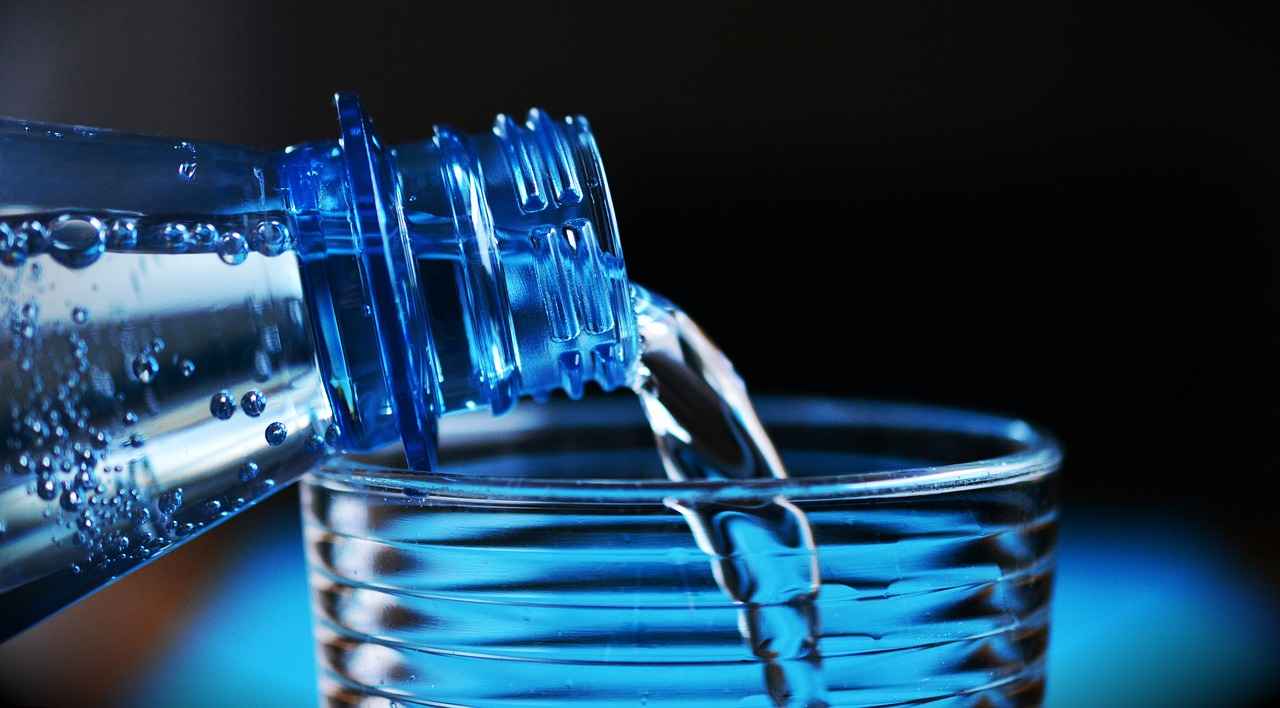
Adding Salt: Does It Really Help?
When it comes to cooking, many seasoned chefs and home cooks alike often recommend the practice of adding salt to water before boiling. This advice is so common that it raises an important question: Does adding salt really speed up the boiling process? To answer this, we need to delve into the science behind boiling water and the effects of salt on its properties.
First, it’s crucial to understand the boiling point of water. Water boils at 100 degrees Celsius (212 degrees Fahrenheit) at sea level. However, when salt is added to water, it creates a solution that has a higher boiling point than pure water. This phenomenon is known as boiling point elevation. In essence, the presence of salt ions disrupts the ability of water molecules to escape into the vapor phase, requiring a higher temperature to reach the boiling point.
Many cooks believe that adding salt can actually help water boil faster, but the reality is a bit more nuanced. While it is true that saltwater has a higher boiling point, the amount of salt typically added to cooking water is not sufficient to make a significant difference in boiling time. In fact, the time it takes for water to reach its boiling point may actually increase slightly due to the added salt.
Despite this, there are several reasons why many cooks still choose to add salt to their boiling water:
- Flavor Enhancement: Salt enhances the flavor of the food being cooked, especially pasta and vegetables. Adding salt to boiling water allows it to be absorbed into the food, improving overall taste.
- Texture Improvement: For certain foods, such as pasta, salting the water can help achieve a better texture. It can prevent pasta from becoming mushy and instead promote a firmer bite.
- Color Retention: When boiling vegetables, salt can help retain their vibrant colors, making them more visually appealing.
Another important aspect to consider is the quantity of salt used. For optimal flavor, a common recommendation is to add about 1-2 tablespoons of salt per gallon of water. This amount is generally considered effective for enhancing flavor without drastically altering the boiling dynamics.
In summary, while adding salt to boiling water does not significantly speed up the boiling process and may even slightly delay it due to boiling point elevation, the benefits it brings to flavor, texture, and appearance make it a valuable practice in the kitchen. Understanding the science behind this common cooking tip can help you make informed decisions in your culinary endeavors.
Ultimately, the key takeaway is that while salt does not hasten boiling time, its role in enhancing the quality of the food cooked in salted water is undeniable. So, the next time you prepare to boil water, don’t hesitate to sprinkle in some salt for a tastier outcome!

Using High Heat: The Importance of Temperature Settings
When it comes to boiling water quickly, adjusting your stovetop to high heat is essential. This simple action significantly influences the efficiency of the boiling process, allowing you to save time and energy in the kitchen. In this section, we will explore optimal temperature settings and effective heat management techniques that can enhance your cooking experience.
To understand why high heat is crucial, it’s important to grasp the science behind boiling water. Water boils at 100 degrees Celsius (212 degrees Fahrenheit) at sea level. However, achieving this temperature swiftly requires a considerable amount of heat. When you set your stovetop to high heat, you maximize the energy transfer to the water, allowing it to reach its boiling point more rapidly.
- Use a Flat Surface: Ensure that your pot is placed on a flat burner. This maximizes contact between the pot and the heat source, leading to faster heating.
- Monitor the Heat: While high heat is beneficial, it’s crucial to monitor the process. If water begins to boil too vigorously, it can lead to evaporation and splattering, wasting water and energy.
- Adjust as Necessary: Once the water reaches a rolling boil, you can reduce the heat slightly to maintain the boil without excessive bubbling.
Another factor to consider is the type of stovetop you are using. Gas stoves offer instant heat adjustments, allowing for quick transitions between high and low heat. On the other hand, electric stoves may take longer to heat up and cool down, which can affect your boiling efficiency. If you’re using an electric stove, it’s advisable to preheat your burner before placing the pot on it.
Moreover, the size and shape of your pot can also impact how effectively you can use high heat. A wider pot increases the surface area exposed to the heat, allowing for faster boiling. Additionally, using a pot with a lid can trap heat and steam, further speeding up the boiling process. This simple trick can make a noticeable difference in how quickly your water reaches the boiling point.
In conclusion, utilizing high heat is a fundamental aspect of boiling water efficiently. By understanding how to manage temperature settings and employing the right techniques, you can significantly enhance your cooking efficiency. Experimenting with different pots and monitoring your heat levels will help you master the art of boiling water, making your time in the kitchen more productive and enjoyable.
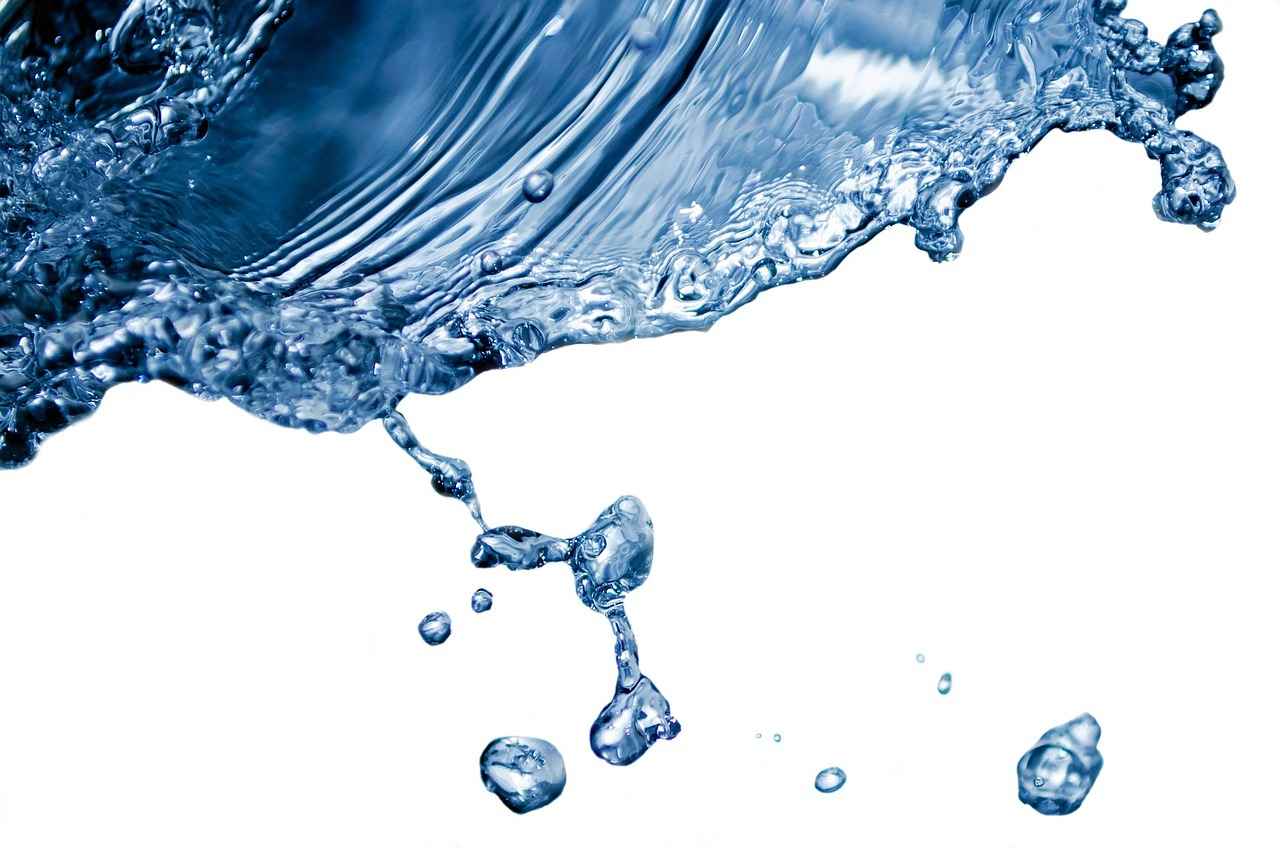
Preheating Water: A Time-Saving Technique
Preheating water is an essential technique that can significantly enhance your cooking efficiency. By utilizing appliances such as electric kettles or microwaves, you can achieve boiling water faster than traditional stovetop methods. This section will delve into the process of preheating water, offering practical tips and insights to help you make the most of your kitchen appliances.
Using an electric kettle is one of the quickest ways to get water to a boil. These kettles are designed specifically for heating water rapidly, often featuring powerful heating elements that can bring water to a boil in just a few minutes. When choosing an electric kettle, look for models with adjustable temperature settings, which allow you to heat water to the exact temperature required for different types of tea or cooking needs.
To use an electric kettle efficiently, fill it with the desired amount of water and select the appropriate temperature setting. Most kettles will automatically shut off once the water reaches a boil, ensuring safety and preventing overboiling. This method not only saves time but also conserves energy, as electric kettles are generally more energy-efficient than boiling water on a stovetop.
Alternatively, using a microwave can also be an effective way to preheat water. To do this, pour the water into a microwave-safe container, ensuring that it is not filled to the brim to prevent overflow. It’s crucial to place a non-metallic object, such as a wooden spoon or a microwave-safe stir stick, in the container. This helps to prevent superheating, a phenomenon where water can become heated beyond its boiling point without actually boiling.
When microwaving water, heat it in short intervals, typically around 1-2 minutes, and check frequently to avoid overheating. Once the water reaches a boil, carefully remove it from the microwave using oven mitts, as the container may become hot. This method is particularly useful for small quantities of water and can be a quick solution for making instant meals or beverages.
Transferring preheated water to a pot can further expedite the cooking process. For instance, if you’re preparing pasta, boiling water in advance allows you to add your noodles immediately, cutting down on the overall cooking time. This technique is especially beneficial when preparing meals for larger gatherings, where time management is crucial.
In addition to saving time, preheating water can also enhance the flavor and texture of certain dishes. For example, when blanching vegetables, starting with preheated water ensures that the vegetables retain their vibrant color and crispness. Similarly, when making stocks or soups, adding boiling water can help to extract flavors more effectively from the ingredients.
In conclusion, whether you opt for an electric kettle or a microwave, preheating water is a valuable technique that can streamline your cooking process. By incorporating these methods into your routine, you can save time and improve the quality of your meals. Embrace these time-saving techniques and elevate your culinary skills with ease.

Using a Pressure Cooker for Rapid Boiling
Using a pressure cooker can revolutionize your cooking experience, especially when it comes to boiling water and preparing meals quickly. This section delves into the science behind pressure cooking, its benefits, and practical tips for maximizing its efficiency.
Understanding Pressure Cooking
A pressure cooker operates on the principle of increasing steam pressure within a sealed pot. This elevated pressure raises the boiling point of water, allowing it to reach temperatures exceeding 100 degrees Celsius (212 degrees Fahrenheit). As a result, food cooks faster than in conventional boiling methods. The trapped steam also helps to retain moisture and flavors, making meals more delicious.
Benefits of Using a Pressure Cooker
- Time Efficiency: Pressure cookers can reduce cooking times by up to 70%, making them ideal for busy kitchens.
- Energy Savings: With shorter cooking times, pressure cookers consume less energy compared to traditional cooking methods.
- Flavor Enhancement: The sealed environment helps to lock in flavors and nutrients, resulting in tastier dishes.
- Versatility: Pressure cookers can be used for a variety of cooking tasks, from boiling water to preparing stews and desserts.
Tips for Effective Pressure Cooking
- Preheat Your Pressure Cooker: Before adding your ingredients, allow the cooker to preheat for optimal results.
- Use the Right Amount of Water: Ensure you add enough liquid to create steam but avoid overfilling, as this can lead to safety issues.
- Release Pressure Safely: Familiarize yourself with the pressure release methods—quick release or natural release—depending on the recipe.
- Experiment with Cooking Times: Different foods require different cooking times; refer to a pressure cooking chart for guidance.
Boiling Water with a Pressure Cooker
To boil water quickly using a pressure cooker, follow these steps:
- Pour the desired amount of water into the pressure cooker.
- Secure the lid and ensure the pressure valve is closed.
- Set the heat to high and allow the cooker to reach pressure.
- Once at pressure, you can boil water in a fraction of the time compared to a standard pot.
Common Misconceptions
Many home cooks may hesitate to use a pressure cooker due to misconceptions about safety. Modern pressure cookers are equipped with multiple safety features, including locking lids and pressure release valves. When used correctly, they are safe and efficient tools in the kitchen.
Conclusion
Incorporating a pressure cooker into your cooking routine can significantly enhance your efficiency in boiling water and preparing meals. By understanding how pressure cooking works and following practical tips, you can enjoy faster cooking times and delicious results.

Experimenting with Electric Kettles
Electric kettles have revolutionized the way we boil water, offering a range of advantages that make them a popular choice in modern kitchens. These appliances are specifically designed for quick boiling, allowing users to heat water faster than traditional stovetop methods. In this section, we will explore the numerous benefits of electric kettles, essential features to consider when purchasing one, and how they stack up against conventional boiling techniques.
- Speed: Electric kettles can boil water in a matter of minutes, significantly reducing waiting times.
- Energy Efficiency: These kettles consume less energy compared to stovetop boiling, as they heat water directly without the heat loss associated with gas or electric burners.
- Automatic Shut-Off: Most electric kettles come equipped with safety features such as automatic shut-off, preventing overheating and ensuring peace of mind.
- Temperature Control: Many models offer precise temperature settings, allowing users to heat water to specific temperatures ideal for different beverages.
When selecting an electric kettle, consider the following features:
- Capacity: Choose a kettle that meets your needs, whether it’s for single servings or larger quantities for family use.
- Material: Stainless steel, glass, and plastic are common materials. Stainless steel is durable, while glass allows you to see the water level.
- Wattage: Higher wattage typically means faster boiling times. Look for kettles with at least 1500 watts for optimal performance.
- Safety Features: Ensure the kettle has features like boil-dry protection and a cool-touch exterior.
While stovetop kettles have their charm, electric kettles offer several advantages that can enhance your cooking experience:
- Convenience: Electric kettles are easy to use and require minimal effort. Simply fill, switch on, and wait for the water to boil.
- Portability: Many electric kettles are lightweight and can be used anywhere with an electrical outlet, making them great for travel or camping.
- Versatility: Beyond boiling water, electric kettles can be used to prepare instant noodles, oatmeal, or even tea and coffee.
In conclusion, experimenting with electric kettles can transform your kitchen experience. Their speed, efficiency, and range of features make them an excellent investment for anyone looking to save time and energy in meal preparation. By understanding their advantages and selecting the right model, you can enjoy the benefits of quick boiling water at your fingertips.

Conclusion: Mastering the Art of Boiling Water
Mastering the art of boiling water is essential for any home cook looking to enhance their culinary skills. By implementing these expert tips and techniques, you can significantly reduce boiling times in your kitchen, making meal preparation more efficient and enjoyable. Understanding the science behind boiling water and using the right tools can transform your cooking experience.
- Utilize High Heat: Always start with the highest heat setting on your stovetop. This will ensure that your pot reaches the necessary temperature quickly, reducing the time it takes for water to boil.
- Choose the Right Pot: Opt for pots made from materials with high thermal conductivity, such as aluminum. These pots heat up faster and distribute heat evenly, which is crucial for quick boiling.
- Cover Your Pot: Using a lid traps heat and steam, significantly speeding up the boiling process. A tight-fitting lid is essential for maximizing efficiency.
- Add Salt Wisely: While many believe that adding salt increases boiling speed, it actually raises the boiling point of water. However, it can enhance flavor, so consider adding it once the water is near boiling.
- Consider Pot Size: A wider pot increases the surface area of the water, allowing it to boil faster. If you’re in a hurry, using a larger pot can save you precious time.
Additionally, using a pressure cooker can drastically reduce boiling times. The high-pressure environment allows water to reach boiling point quicker than traditional methods. If you often find yourself in need of rapid boiling, investing in a pressure cooker is a smart choice.
Another effective method is to preheat your water. Using an electric kettle or microwave to warm your water before transferring it to the pot can cut down on boiling time significantly. This technique is particularly useful when preparing large quantities of water for pasta or soups.
Electric kettles are specifically designed for rapid boiling and often outperform stovetop methods in speed and efficiency. They come with various features such as temperature control and automatic shut-off, making them a versatile addition to your kitchen.
In conclusion, by applying these expert strategies, you can master the art of boiling water in your kitchen. Not only will you save time, but you’ll also enhance your overall cooking experience. Embrace these techniques and enjoy cooking with newfound efficiency!
Frequently Asked Questions
- What is the fastest way to boil water?
The fastest way to boil water is by using a wide pot on high heat with a lid on. This traps heat and steam, accelerating the boiling process. Additionally, using an electric kettle can significantly reduce boiling time.
- Does adding salt to water help it boil faster?
While many cooks believe adding salt helps water boil faster, it actually raises the boiling point slightly. However, the difference is minimal, so it may not make a significant impact on boiling time.
- Is it better to use aluminum or stainless steel pots for boiling water?
Aluminum pots heat up quickly and are lightweight, making them ideal for fast boiling. Stainless steel pots are durable and retain heat well but may take longer to heat up. Choose based on your cooking needs!
- Can a pressure cooker really boil water faster?
Absolutely! A pressure cooker can boil water much faster due to the increased pressure, which raises the boiling point. This method not only saves time but also cooks food more efficiently.
- Why is pot size important for boiling water?
The size of your pot matters because wider pots increase the surface area, allowing more heat to reach the water. This can significantly reduce boiling time compared to narrow pots.

